Hebei Tangzhi Technology Co., Ltd.

High Performance Concrete Water Reducer - Polycarboxylate Ether Supplier
Jul . 28, 2025 03:01
Back to list
High Performance Concrete Water Reducer - Polycarboxylate Ether Supplier
Concrete Water Reducers & Polycarboxylate Superplasticizers: Trends, Technology, Applications & Industry Analysis
Concrete water reducer solutions have become the backbone of modern concrete engineering, enabling ultra-high performance, durability, and sustainable construction. This comprehensive guide will focus on the concrete water reducer market, emphasizing Polycarboxylate superplasticizer (PCE)—a next-gen additive shaping the industry.
Industry Trends & Market Data Overview
Global demand for concrete water reducers exceeded 9.4 million metric tons in 2023 (source), driven by infrastructure, green building and precast industries. Polycarboxylate ether (PCE) stands out with 12.9% CAGR (2024-2030). Leading manufacturers are innovating with advanced PCE molecules, eco-friendly formulations, and smart admixture systems.
| Parameter | Conventional Water Reducer | Polycarboxylate Water Reducer (PCE) | Lignosulfonate Type |
|---|---|---|---|
| Water Reduction Rate | 12–22% | 25–40% | 8–15% |
| Slump Retention | Low to Moderate (30 min) | High (60–120 min) | Low |
| Chloride Ion Content | <0.10% | <0.05% | <0.16% |
| Suitable Concrete Strength | C25–C60 | C40–C120 (UHPC) | C15–C30 |
| Polycarboxylate Ether Price [USD/ton] |
- | 1200–2000 | 700–1200 |
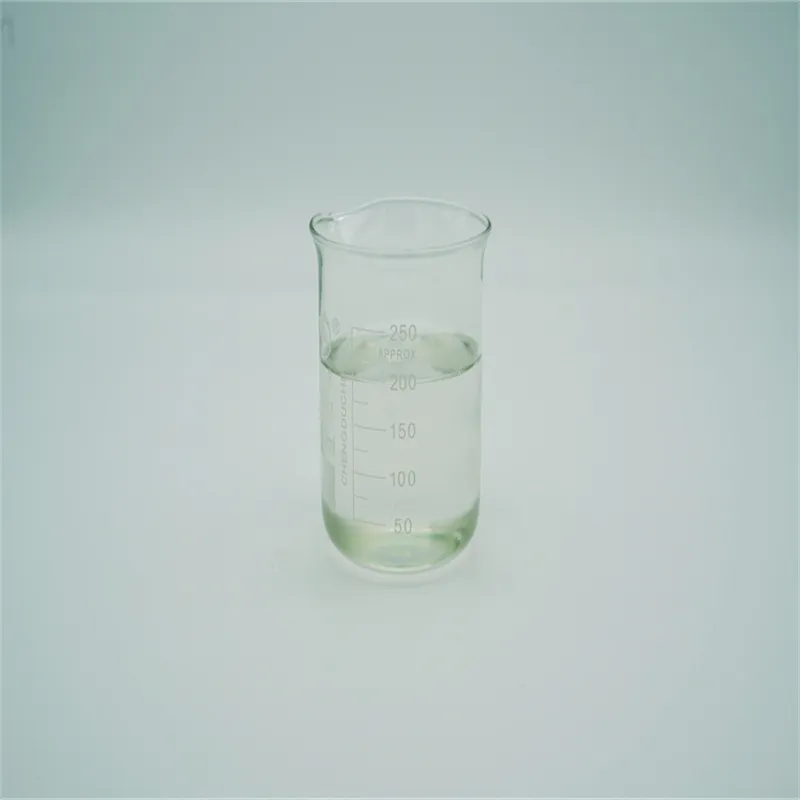
PCE-based concrete water reducer for ultra-high performance applications
What is Polycarboxylate Superplasticizer (PCE)?
Polycarboxylate superplasticizer (PCE) is a third-generation concrete water reducer, engineered using advanced copolymer technology. Its molecular structure consists of a comb-like chain with a polycarboxylate backbone and polyether side chains, which provides excellent dispersion, superior water reduction, and outstanding slump retention.
ISO 9001:2015
ASTM C494
GB 8076-2008
- Enables reduction of water by up to 40% while ensuring workability
- Lowers cement dosage, reducing CO₂ footprint
- Excellent adaptability in precast, pumped, self-compacting concrete
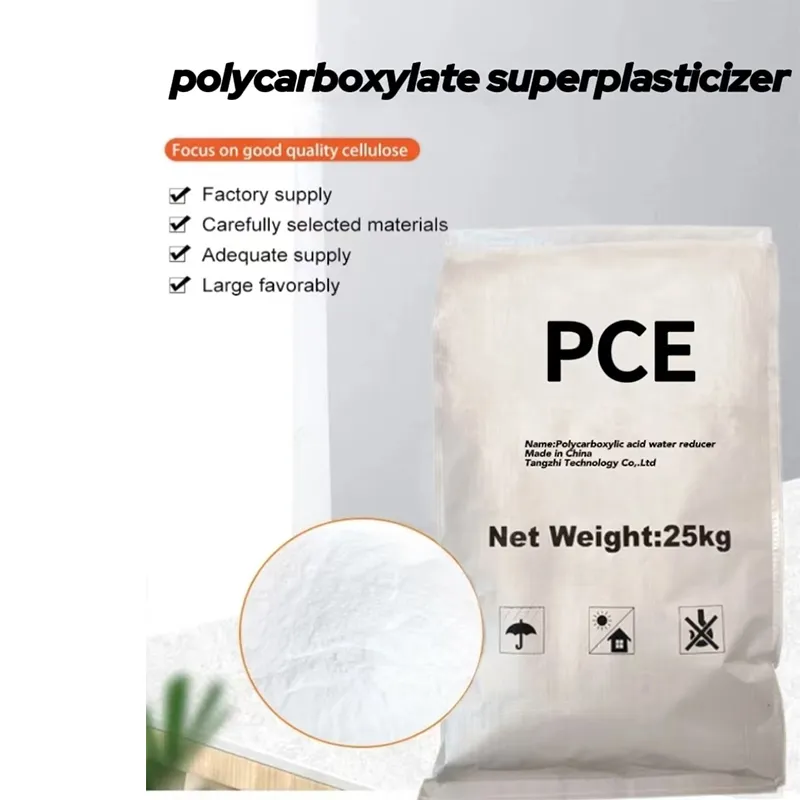
Polycarboxylate ether (PCE) synthesis reaction apparatus – core to next-gen water reducers
Manufacturing Process: Concrete Water Reducer (PCE)
1. Raw Material Preparation: Selection and weighing of acrylic acid, polyether macromonomer, and initiator chemicals. ISO 22196
↓
2. Mixing & Polymerization: Monomers are blended in a reactor, initiated at controlled temperature (70–90°C), under nitrogen protection to avoid side-reactions.
↓
3. Neutralization & Adjustment: Product pH is tuned, impurities removed, and targeted molecular weight achieved (via CNC process controls).
↓
4. Quality Inspection: Viscosity, water reduction rate, chloride content, and residue are tested. ASTM C494
↓
5. Storage & Packaging: The final concrete water reducer is transferred to ISO-grade tanks, ensuring 12–24 month shelf life under standard conditions.
Manufacturing highlights: PCE is synthesized via free-radical polymerization, leveraging both alkali and thermal equilibration. Automated dosing and closed-loop CNC controls ensure batch-to-batch consistency. Each batch undergoes rigorous material traceability and quality checks (ISO-certified).
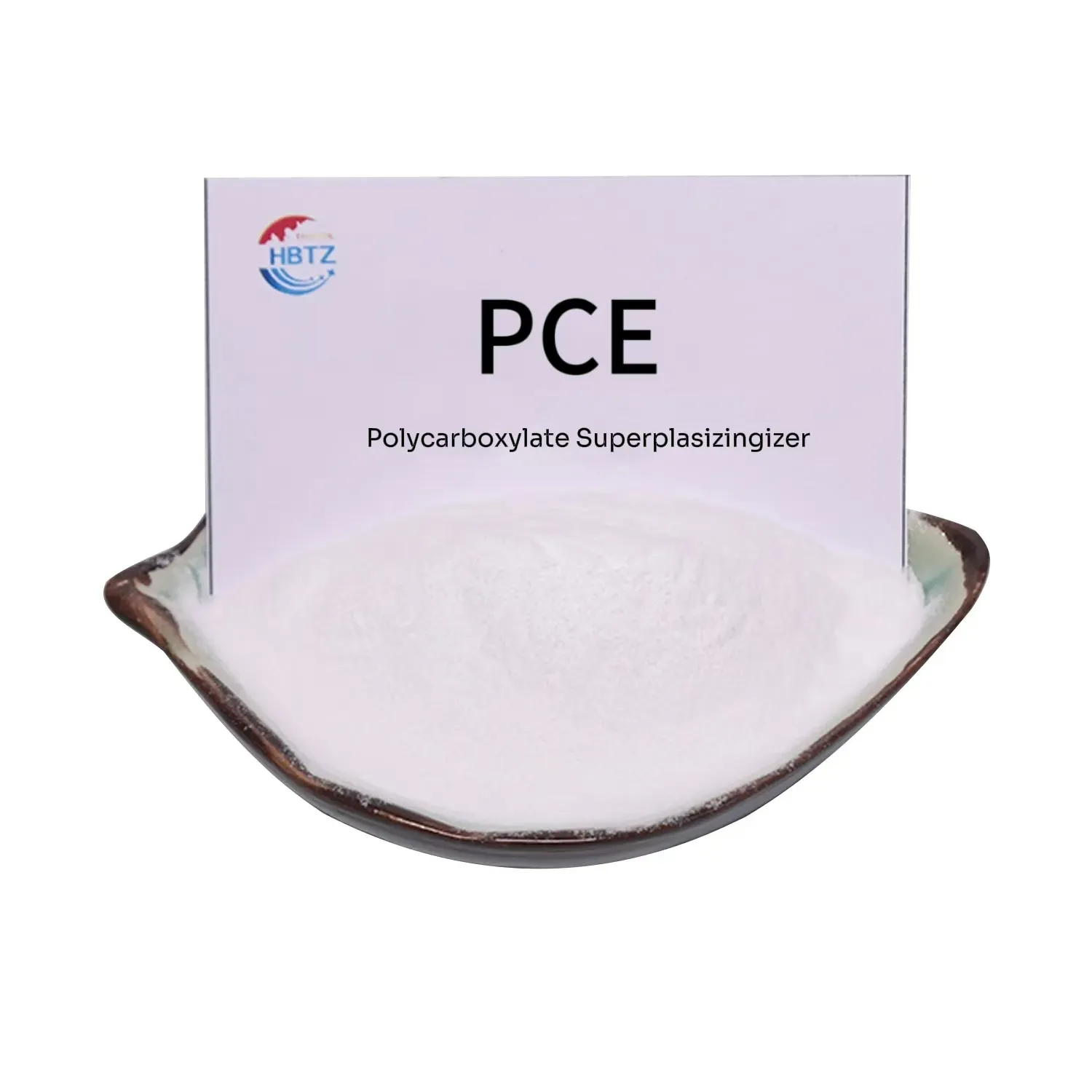
Process flow: Polycarboxylate ether concrete water reducer production from raw materials to packaging
Technical Parameters & Product Comparison
Compared to traditional naphthalene and lignosulfonate types, PCE-based concrete water reducer excels in water reduction, strength development, and compatibility. Below are core parameters and a product comparison. EN 934-2:2009 CNAS Accredited
| Item | PCE (High Range) | PCE (Mid Range) | Naphthalene Type |
|---|---|---|---|
| Appearance | Pale yellow liquid | Light yellow liquid | Dark brown liquid |
| Water Reduction (%) | ≥35 | 26–32 | 16–23 |
| Dosage (%) | 0.2–0.7 (of cement) | 0.15–0.5 | 0.4–1.2 |
| pH Value | 6.0–8.0 | 6.5–8.0 | 8.0–11.0 |
| Chloride Ion (%) | <0.05 | <0.06 | <0.14 |
| Slump Retention (min) | >90 | 60–75 | 25–35 |
| Polycarboxylate Ether Price [USD/ton] | 1300–1800 | 1100–1400 | 950–1200 |
Key Technical Advantages (PCE vs. Traditional Water Reducers):
- High Efficiency: Achieves the same workability at 15–18% less cement content
- Green Formulation: Low formaldehyde, non-toxic, lower environmental impact
- Enhanced Durability: Reduces permeability, shrinkage, and enhances corrosion resistance
- Wider Compatibility: Suitable for low, mid, and ultra-high performance concrete (UHPC)
- Global Standards: ISO 9001, ASTM, EN 934 compliance
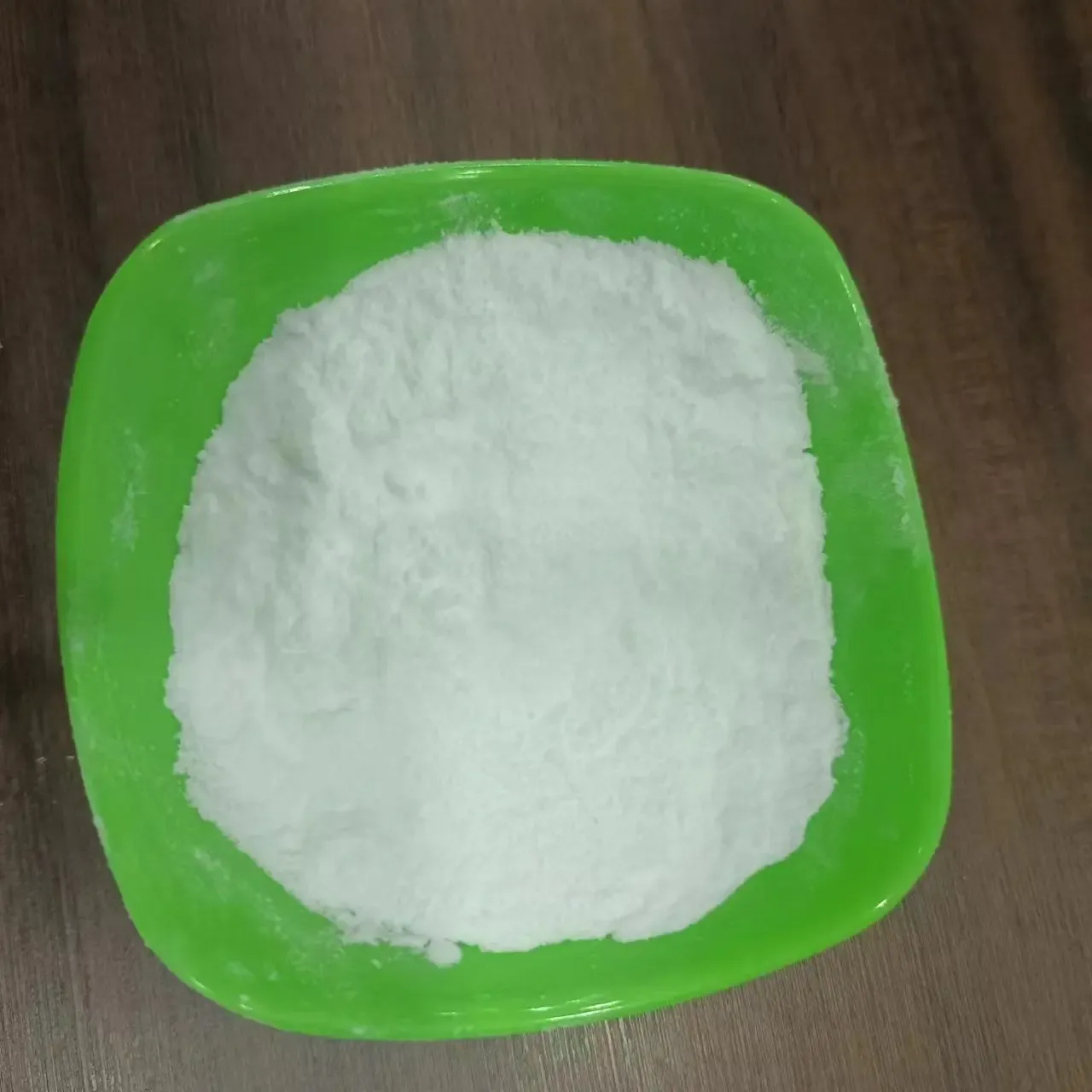
Application of PCE concrete water reducer in pumping and precast high-strength projects
Trends in Concrete Water Reducer Technical Parameters (2018–2024)
PCE Technical Indicator Contribution (Strength, Workability, Durability)
Specification Comparison (Slump Retention over Time)
Customized Solutions & OEM Services
As a leading concrete water reducer manufacturer with over 15 years of expertise, we provide:
- Custom Molecular Weights: Tailored PCEs for varying workability, strength, setting time per specification
- Industry-Specific Formulation: High-early strength for precast, high fluidity for self-compacting, retarding admixtures for ready-mix plants
- OEM/Private Label: Design, branding, QA batch guides according to client standards
- Technical Support: Mix design optimization, televised setting, on-site technical guidance
- Global Compliance: Compliant with ASTM C494, EN934-2, ISO 9001, SGS, and RoHS
Our R&D center (over 12 senior engineers) conducts 247+ annual tests, collaborating with top universities and leading construction contractors worldwide.
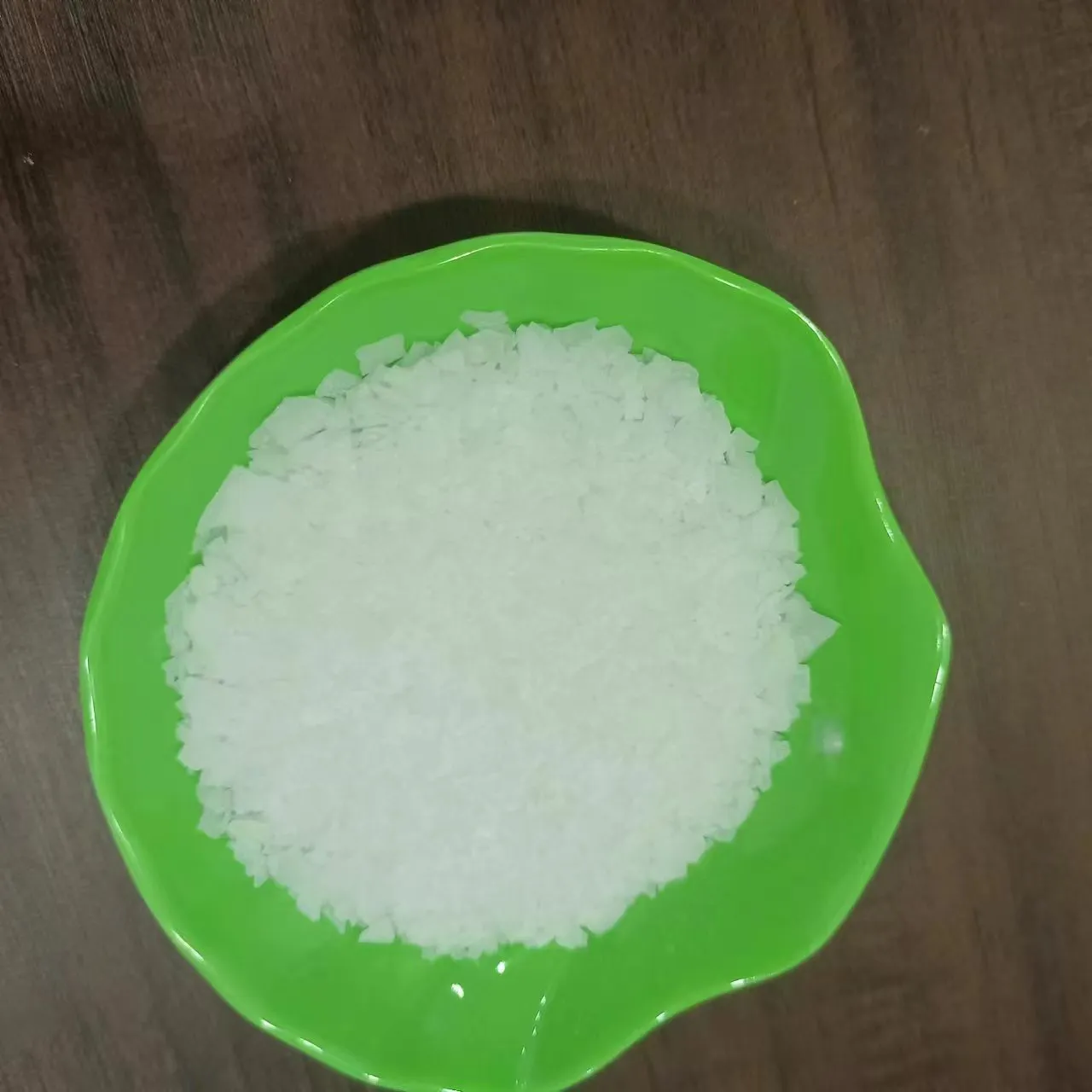
Analysis of polycarboxylate ether price in global construction projects
Application Scenarios & Customer Feedback
Polycarboxylate superplasticizer (PCE) is trusted in megaprojects, precast, pumping, shotcrete, and ultra-high performance concrete (UHPC).
Key advantages: unparalleled water reduction, workability retention, low chloride, eco-compatibility.
Key advantages: unparalleled water reduction, workability retention, low chloride, eco-compatibility.
- Infrastructure: Bridges, highways, tunnels—improved strength & durability
- Prefabrication: Fast demolding, reduced energy, fewer cracks
- Industrial Projects: Flooring, pipeline, logistics yards, chemical resistance
- Green Buildings: Lower cement, lower carbon; longer service life
Customer Testimonial: “PCE-based concrete water reducer delivered superior pumpability and 25% higher early strength, reducing cement usage by 18%. Tangzhi’s team provided rigorous mix design assistance — critical for our 60-storey precast project.”
— CTO, Leading Precast Contractor, Middle East
— CTO, Leading Precast Contractor, Middle East
Industry Certifications, Partners & Quality Commitments
- ISO 9001 & ISO 14001 certified production facilities
- ASTM/EN accredited product lines (C494, EN 934-2)
- 15+ years serving global infrastructure & commercial sector
- Supply partnerships: China Communication Construction Co., PowerChina, Indian Highways Consortium, AlAin Cement, Etex Group
All concrete water reducer batches undergo strict QC and third-party lab analysis.
FAQ: Polycarboxylate Concrete Water Reducer Industry Terminology
Q1: What raw materials are used in PCE concrete water reducers?
A1: Mainly polyether and (meth)acrylic acid derivatives with functional group modification, ensuring low sodium sulfate and low formaldehyde content per ISO 9001 standards.
Q2: What are typical product specifications for PCE?
A2: Appearance: yellow liquid; Solid Content 40%±1; pH 6–8; Water Reduction ≥ 30%; Slump Retention >90min; Chloride Content <0.05%.
Q3: What detection & quality standards apply?
A3: Tested per ASTM C494, EN 934-2, ISO 22196 and local standards. Every batch checked for water-reduction, plasticity, setting time, and compositional purity, with certificates provided.
Q4. How are PCE concrete water reducers shipped and stored?
A4: Bulk tankers (24–25 tons) or drums (1200–1250kg IBC) with anti-corrosion lining, 12–18 months shelf life if sealed and stored between 5–40°C away from light and oxidation sources.
Q5: Are PCE products compatible with admixtures?
A5: Yes, PCEs show broad compatibility with fly ash, microsilica, retarders, air-entrainers; mix trials advised per ASTM for target workability and durability.
Q6: What is the usual delivery/lead time?
A6: Standard grades ship within 5–12 days after order confirmation. Customization (OEM, branding, special specs) may require 15–28 days, subject to lab trial report approval.
Q7: What customer support/warranty is provided?
A7: 24/7 technical support, free trial sample, mix design assistance, and at least 12 months product guarantee. Issues resolved within 3 working days with on-site technical guidance as required.
Latest news
-
Top Cellulose Acetate Film Suppliers for Sustainable Industrial SolutionsNewsNov.20,2025
-
Cellulose Fiber Suppliers | Sustainable Natural Fibers for Industry and InnovationNewsNov.20,2025
-
Reliable Hydroxypropyl Methylcellulose Suppliers for Pharmaceutical & Industrial Use | TangzhiNewsNov.20,2025
-
Leading Cellulose Insulation Supplier for Sustainable Building MaterialsNewsNov.19,2025
-
Trusted Hydroxypropyl Cellulose Suppliers for Quality & SustainabilityNewsNov.18,2025
-
Top Cellulose Acetate Suppliers for Sustainable Industrial SolutionsNewsNov.18,2025





















